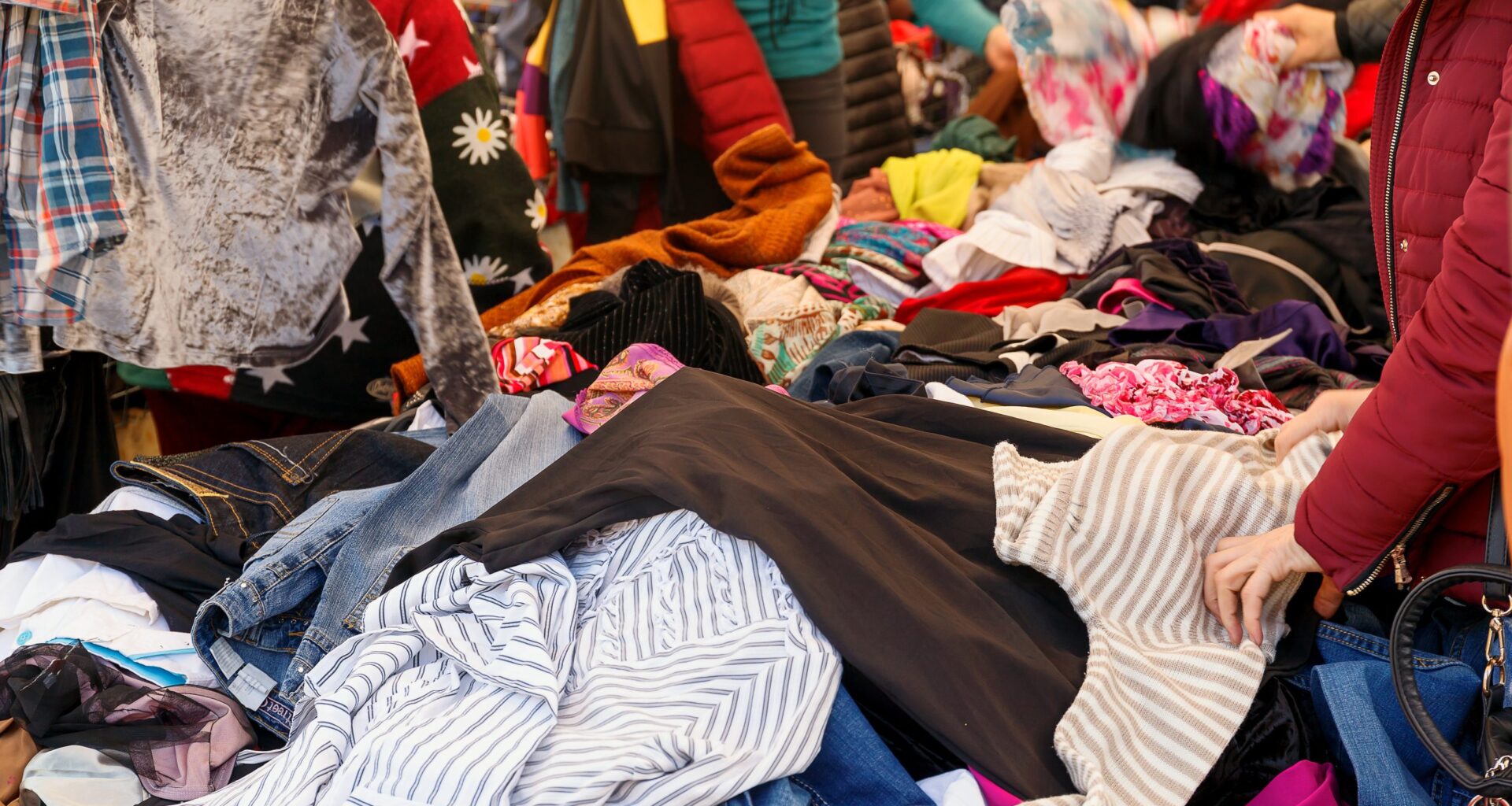This summer, France passed a bill to regulate the colossal influence of fast-fashion giants – and mitigate the environmental harms fuelled by ultra-cheap clothing. The bill, which still needs to go through a round of European Union approvals, will introduce eco-taxes, advertising bans and environmental transparency requirements for companies such as Shein and Temu.
The bill is the first such law to directly sanction fast-fashion companies for the consequences of their business models, which produce a non-stop conveyor belt of ephemeral clothing items destined for landfills. Globally, about 92 million tons of textile waste are produced each year. The fashion industry is the second-largest water consumer after agriculture and is responsible for about 10% of global emissions.
France’s bill is a definitive sign of tides shifting, at least on the legislative stage. Agnès Pannier-Runacher, the country’s minister for ecological transition, described the bill to journalists as “a strong signal sent to businesses and to consumers.”
The law creates a better environment for alternatives to fast fashion, but halting the flow of cheap clothing into landfills still necessitates a mindset shift on the part of consumers, says Alyssa Gauk, a communications lead with the activist movement Fashion Revolution. “Competing with fast fashion will require us to reshape our relationship with clothing and consumption altogether,” she says in an email. That means buying far less than we do now, making what we do own last, and supporting local makers, she says.
For big clothing brands, there is a business case for producing more sustainably. A 2024 study from Simon-Kucher, a global business consulting firm, found that about 85% of buyers care about sustainability when making purchases, with 54% of those willing to pay more for a sustainable product.
But even if many people want to buy sustainably made clothing, most of what’s available is too expensive for average consumers. Until that gap closes, fast fashion can be too tempting to give up.
The meaning of sustainability in fashion can be hard to pin down, too. Gauk says that we should be suspicious of brands that use terms like “eco-friendly” without being transparent about what they mean. Even using recycled materials isn’t always a better choice for the environment. “A brand may use organic cotton or recycled textiles, but if the production process runs on fossil fuels or energy-intensive methods, the overall impact remains unsustainable,” Gauk says. “And when an industry as massive as fashion relies on these energy-intensive systems, the environmental impact is amplified on a global scale.”
While there are eco-certifications to look for that can provide some ease of mind when shopping, such as Oeko-Tex, GOTS (Global Organic Textile Standard) or Fair Trade, experts suggest that if we stopped producing new clothes today, we’d have enough product to last decades.
So what can we do with the clothes that exist now? France’s new bill is a legislative attempt to spur the necessary mindset shift among consumers while fostering a more competitive atmosphere to give smaller local clothing brands a leg up. The revenue from the added tax on ultra-fast fashion brands will go toward funding sustainable French brands. A blanket ban on ultra-fast fashion advertising includes promotions from influencers, who could face fines. Brands will be required to provide environmental data, such as carbon emissions and recyclability of products, to receive an eco-score. Those with poorer eco-scores will be taxed higher.
Whether the bill will make a significant impact is yet to be determined, but its passing could make room for new ways to approach how we buy clothes.
Ayesha Habib is a Vancouver-based journalist who has written for The Globe and Mail, Maisonneuve and Chatelaine.
The Weekly Roundup
Get all our stories in one place, every Wednesday at noon EST.
